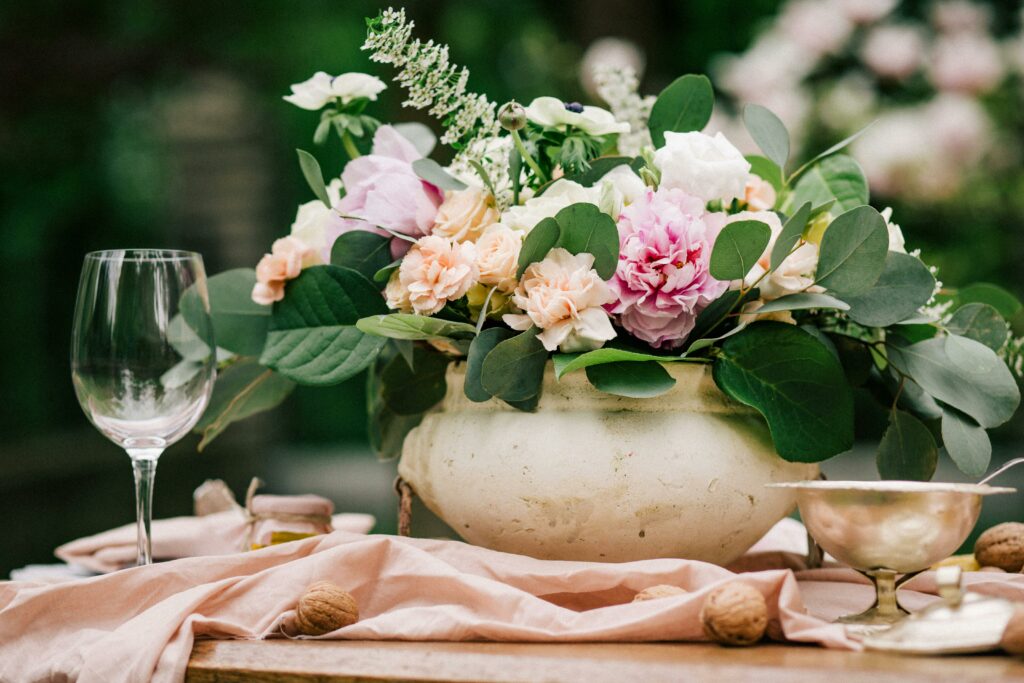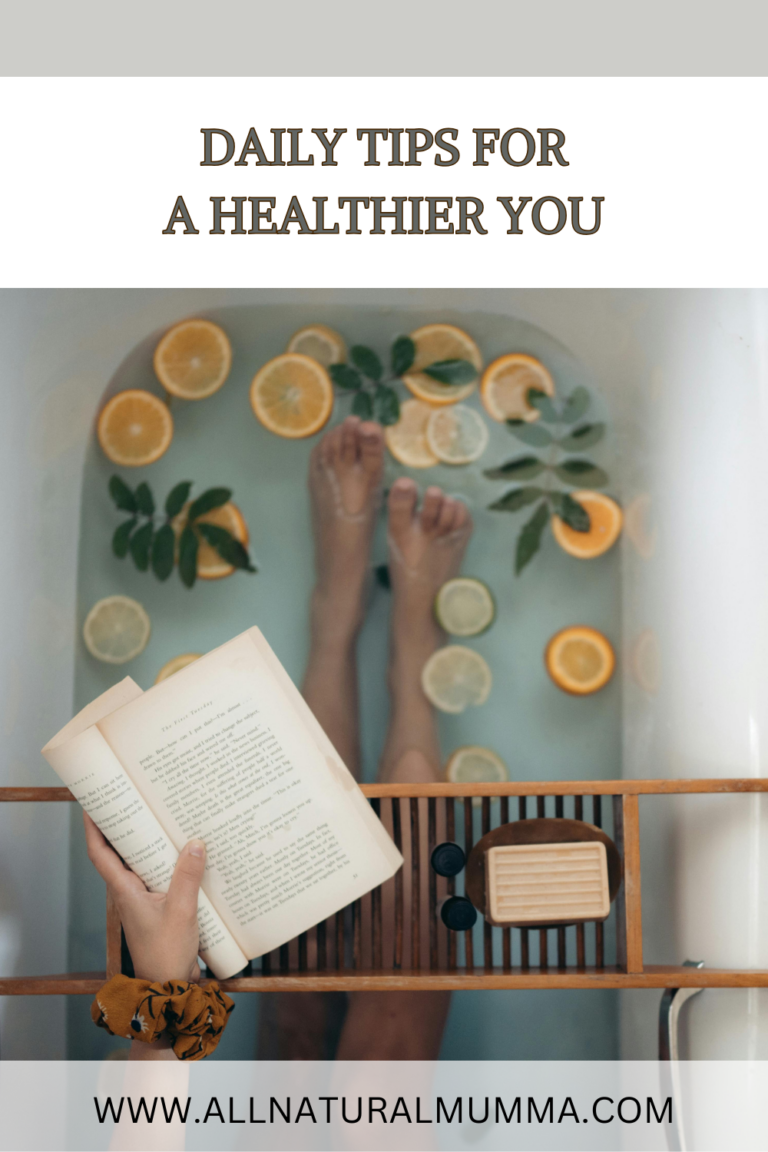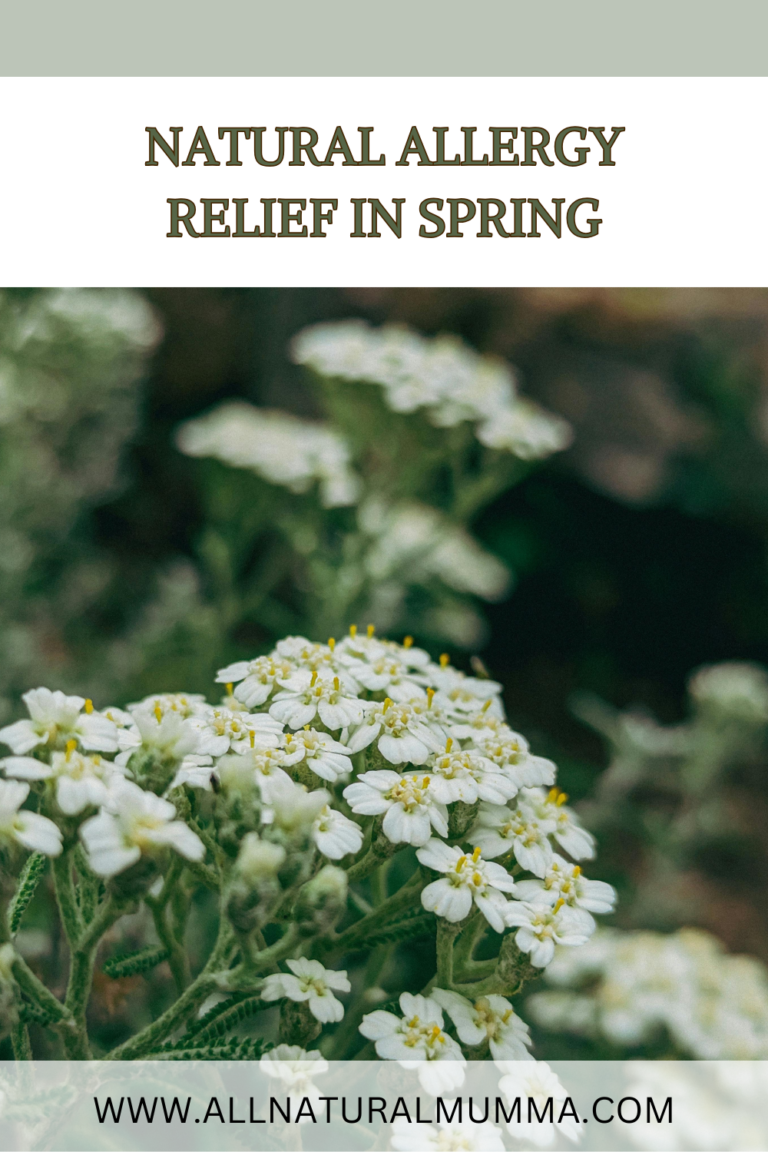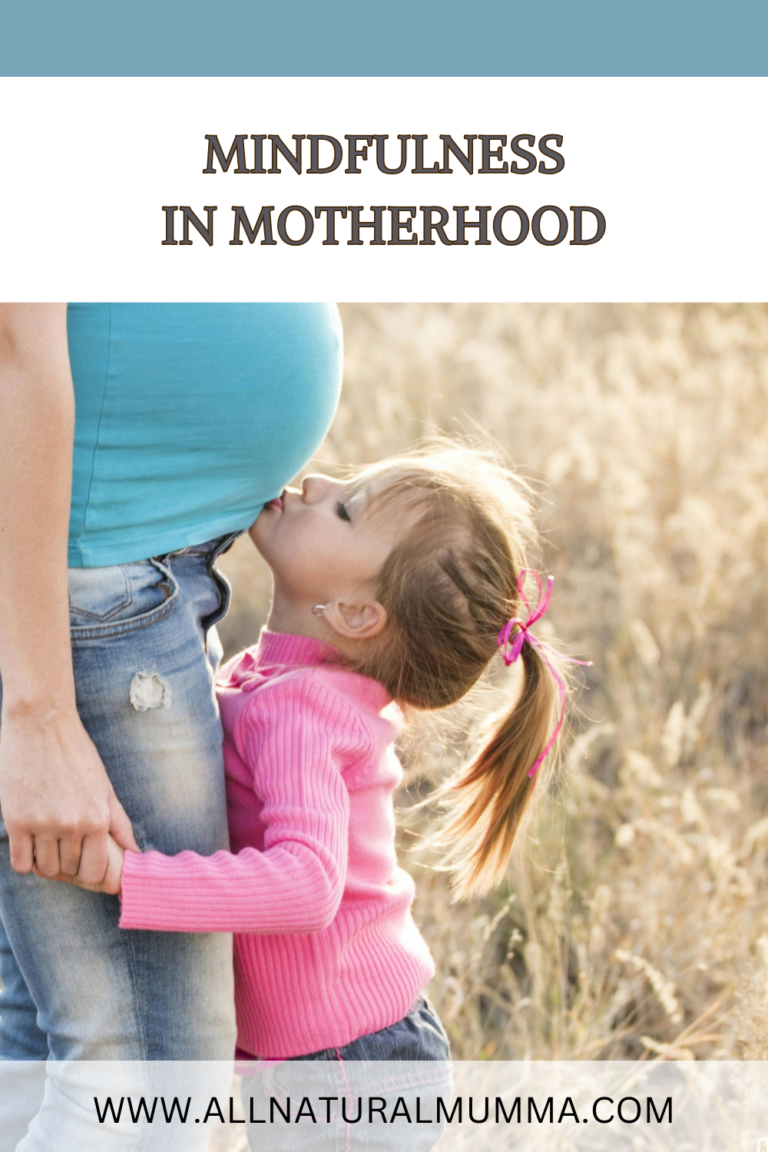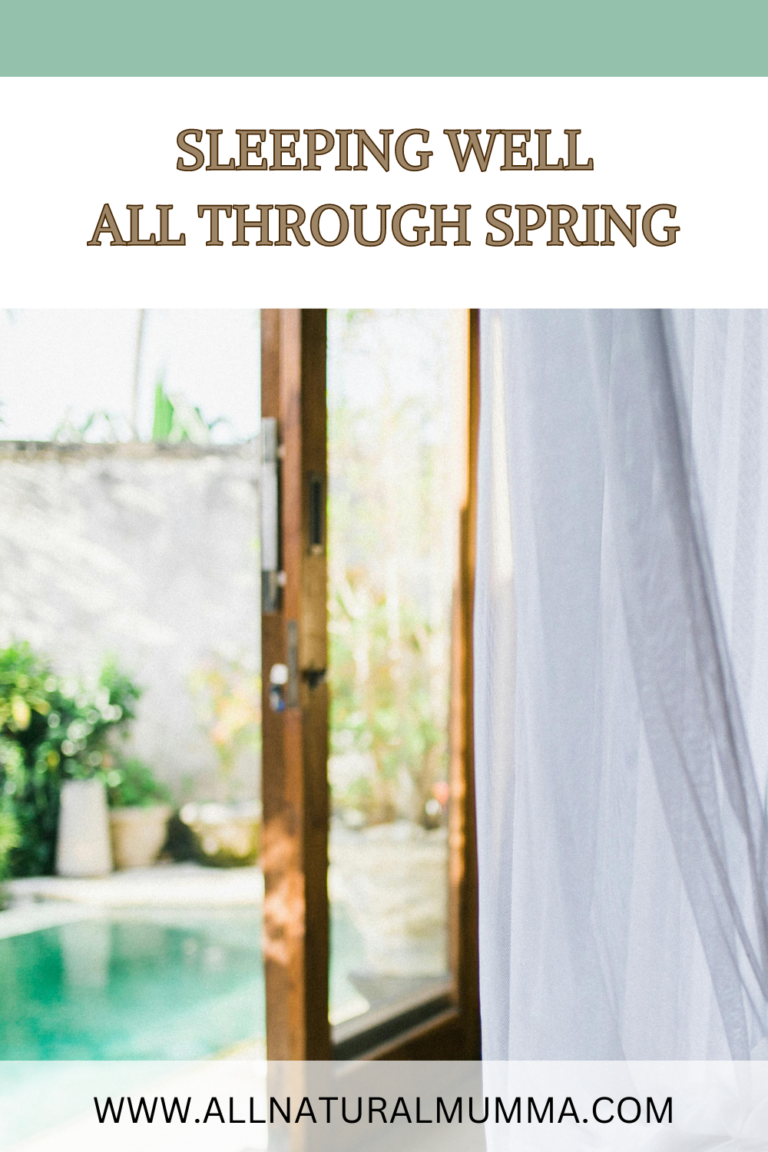Winter can be a challenging time for respiratory health, with cold air and seasonal illnesses taking a toll on our lungs and airways. Fortunately, nature offers a variety of herbal remedies and natural therapies to support and maintain respiratory health during the colder months. Today I’ll share some effective herbal remedies and practices, such as steam inhalation, herbal chest rubs, and lung-supportive herbs, to help you breathe easy all winter long.
STEAM INHALATION: A SIMPLE YET POWERFUL REMEDY
HOW IT WORKS
Steam inhalation is a traditional remedy that uses warm, moist air to open nasal passages, loosen mucus, and soothe irritated airways. It’s an excellent way to provide immediate relief from congestion and respiratory discomfort.
HOW TO DO IT
To create a steam inhalation, boil water and pour it into a large bowl. Add a few drops of essential oils like eucalyptus, peppermint, or tea tree oil, which have decongestant and antimicrobial properties. Drape a towel over your head, lean over the bowl, and inhale the steam for 10-15 minutes. Be sure to keep your eyes closed and maintain a safe distance from the hot water to avoid burns.
HERBAL CHEST RUBS: COMFORTING AND THERAPEUTIC
BENEFITS OF A CHEST RUB
Herbal chest rubs can provide comfort and support for respiratory health by promoting circulation, easing breathing, and relieving chest tightness. They work through the combination of essential oils and carrier oils, delivering therapeutic benefits directly to the skin and respiratory system.
HOW TO MAKE A HOMEMADE CHEST RUB
To make a homemade herbal chest rub, you’ll need a carrier oil like coconut oil or shea butter, and a blend of essential oils such as eucalyptus, rosemary, lavender, and cedarwood. Melt the carrier oil in a double boiler, then add the essential oils and mix well. Allow the mixture to cool and solidify before applying a small amount to your chest and neck area. Gently massage it into your skin, taking deep breaths to inhale the vapours.
LUNG SUPPORTIVE HERBS: NATURE’S RESPIRATORY ALLIES
MULLEIN
Mullein is a well-known herb for respiratory health. It helps soothe the respiratory tract, reduce inflammation, and clear mucus. Mullein can be consumed as a tea or used in a tincture form. To make mullein tea, steep dried mullein leaves in hot water for 10-15 minutes and drink 1-2 cups daily.
LICORICE ROOT
Licorice root has natural anti-inflammatory and soothing properties, making it an excellent herb for respiratory support. It helps to reduce irritation in the throat and lungs and can ease coughing. Licorice root can be taken as a tea, tincture, or in supplement form. Note that it should be used in moderation and avoided by individuals with high blood pressure.
THYME
Thyme is a powerful antimicrobial and expectorant herb that can help clear mucus and support overall respiratory health. Thyme can be used in cooking, as a tea, or as an essential oil for steam inhalation. To make thyme tea, steep fresh or dried thyme leaves in hot water for 10 minutes and enjoy.
OSHA ROOT
Osha root is a traditional Native American remedy known for its lung-supportive properties. It helps to open airways, reduce congestion, and fight respiratory infections. Osha root can be used in tinctures or teas, providing robust support for respiratory health.
ADDITIONAL NATURAL THERAPIES
HUMIDIFIERS
Using a humidifier in your home can help maintain optimal humidity levels, preventing your airways from drying out and reducing the risk of respiratory irritation. Add a few drops of essential oils like eucalyptus or lavender to the humidifier for added therapeutic benefits.
SALT THERAPY
Salt therapy, or halotherapy, involves inhaling microscopic salt particles that can help cleanse the respiratory system and reduce inflammation. You can visit a salt room or use a home salt inhaler to experience these benefits.
WARM HERBAL TEAS
Sipping warm herbal teas throughout the day can provide hydration, warmth, and respiratory support. Herbal teas made from ginger, chamomile, and peppermint can soothe the throat and promote overall respiratory health.
Winter doesn’t have to be a season of respiratory discomfort. By incorporating these herbal remedies and natural therapies into your routine, you can maintain strong and healthy lungs throughout the colder months. Whether you’re using steam inhalation, herbal chest rubs, or lung-supportive herbs, these time-tested methods can help you breathe easier and stay well. Embrace the power of nature and take proactive steps to support your respiratory health this winter!
Do you have any questions for me or need some specific advice?
Send me a message, I’d love to help you.
